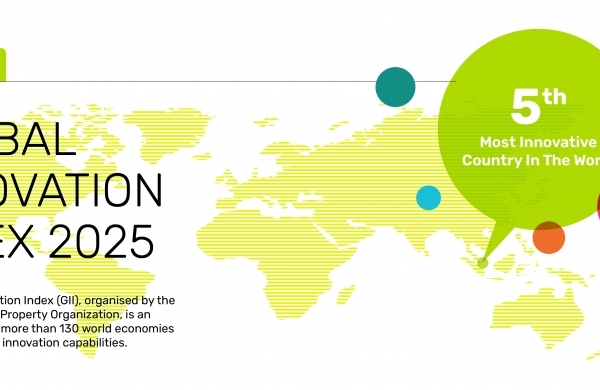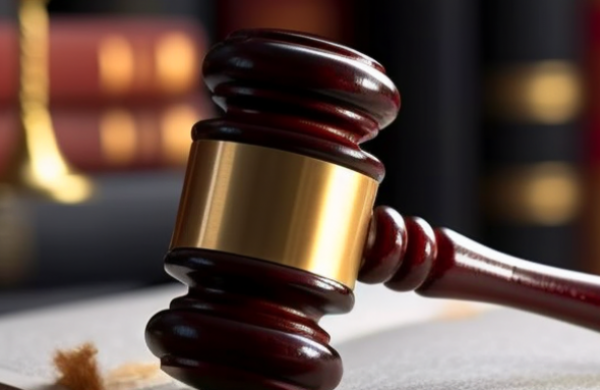Did not receive verification mail? Please confirm whether the mailbox is correct or not Re send mail

IPR Daily
- 2022-06-20 11:31:55
Note to Senators: U.S. Patent Office Remains Under a Permanent Injunction-Part 2
The first part please click here.
The USPTO Lacks the Power to Engage in General Substantive Rulemaking
There should be no dispute that the USPTO lacks "any general substantive rulemaking power." Merck & Co. v. Kessler, 80 F.3d 1543, 1549-50 (Fed. Cir. 1996); see also Eli Lilly & Co. v. Bd. of Regents of Univ. of Wash., 334 F.3d 1264, 1269 n.1 (Fed. Cir. 2003). In fact, the PTO conceded in the Tafas case that it lacks substantive rulemaking authority. (Defs.’ Opp. to Pls.' Mot. TRO and Prelim. Inj., Dkt. No. 46 in 1:07cv1008, 21-23.) Thus, the USPTO cannot promulgate substantive rules, i.e., rules that "effect[] a change in existing law or policy which affect[] individual rights and obligations." Animal Legal Def. Fund. v. Quigg, 932 F.2d 920, 927 (Fed. Cir. 1991).
In 2011, Congress did specifically delegate substantive rulemaking authority to the USPTO to create regulations governing the function of the new Patent Trial and Appeal Board (PTAB) as part of the America Invents Act (AIA). We have all seen how well that turned out! There has been endless deep criticism, debate, and assorted attempts to fix the process, and most recently a bill with tweaks introduced by Senators Tillis and Leahy. Prior Director Andrei Iancu did his best, but there are only so many band aids that can be applied to a fundamentally flawed framework. If we allow Senators to "backdoor" a substantive rulemaking process on continuations and claim limitations without direct rulemaking authority passed by Congress (this time with our current knowledge of how the PTAB turned out), we have only ourselves to blame.
Further, if Congress were to grant substantive rulemaking authority to the USPTO to govern the number of continuations and claims that can be presented in a comprehensive patent application, the result could swing like a pendulum, depending on who is elected President of the United States, resulting in who is appointed the next Director of the Patent Office. In the extreme, every four years we could have a different, inconsistent rules package imposing or removing limitations on continuations and claims. It is beyond dispute that companies cannot do business based on patent frameworks that can change every four years, which could happen if the USPTO were granted plenary substantive rulemaking authority on this subject. It would destroy our innovation environment and capital investment because there would be no certainty or well-considered prediction of future markets.
Our founders wisely understood that the basic tenets of our innovative economic system cannot be at the whim of administrative agencies, pressured by the Executive Branch that installed them. The structure created in the Constitution—one of the finest documents ever written—made it hard to change the patent laws by solely vesting that power in elected officials who have long tenure and requiring consensus.
Terminal Disclaimers
The senators also raised two questions about terminal disclaimers and focused on what they refer to as obvious variations. Interestingly, the letter from the senators refers specifically to the terminal disclaimer regulation of 37 C.F.R. 1.321(d), which was promulgated as part of the statutory CREATE Act (35 U.S.C. §102(c)) (provides benefits of common ownership under Joint Research Projects), and not 37 C.F.R. 1.321(c), which pertains to the submission of terminal disclaimers to obviate a rejection under the judicially created doctrine of obviousness-type double patenting. One would imagine that universities and research institutions would have a lot to say about abrogating their protections under the CREATE Act, which they fought hard for.
Further, one has to question whether regulations passed by an administrative agency can override the "judicially-created doctrine of obviousness-type double patenting". Can the Patent Office change a judicially imposed doctrine? And a thought for a later day—can the judiciary itself create substantive patent law on double patenting when the Constitution clearly indicates that Congress has the sole power to create patent law? This begins to look like an Escher print, with all groups ignoring the only true blueprint—the Constitution.
Recommendation to Director Vidal on How to Respond to the Senators
It is recommended that Director Vidal respond to the senators' June 8, 2022, letter by kindly pointing out that the USPTO does not have substantive rulemaking authority to propose or promulgate the draft regulations requested by the senators. A letter to the USPTO from six senators does not constitute a formal delegation of substantive rulemaking authority to revise the law on U.S. patent claims and continuation practice. Further, to do so raises the serious risk that the USPTO may be considered in contempt of court as a violation of the permanent injunction issued by the U.S. Federal District Court for the Eastern District of Virginia.
Source: ipwatchdog.com-SHERRY KNOWLES
Editor: IPR Daily-Selly
- I also said the two sentence
- Also you can enter 140words
 TOP IPR U.S. Lawyers 10 & Firms 10 Selection Officially Launched by IPR Daily
TOP IPR U.S. Lawyers 10 & Firms 10 Selection Officially Launched by IPR Daily WIPO Global Innovation Index 2025: China Enters Top 10
WIPO Global Innovation Index 2025: China Enters Top 10 Singapore ranks 5th in the 2025 Global Innovation Index; climbed two spots in Innovation Outputs
Singapore ranks 5th in the 2025 Global Innovation Index; climbed two spots in Innovation Outputs Federal Circuit lacks jurisdiction over award that doesn’t raise issue of patent law
Federal Circuit lacks jurisdiction over award that doesn’t raise issue of patent law


